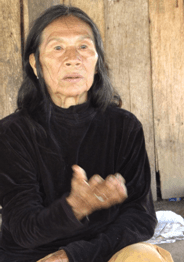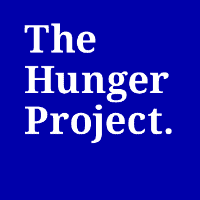 Chirapaq has prioritized the preservation and fostering of traditional knowledge and cultural practices. Consuleo Inuma Tangoa, a 70-year-old from the indigenous Shawi community, shared with Chirapaq her ancestral practices to keep mother and child safe in birth and how the new health centers have helped:
Chirapaq has prioritized the preservation and fostering of traditional knowledge and cultural practices. Consuleo Inuma Tangoa, a 70-year-old from the indigenous Shawi community, shared with Chirapaq her ancestral practices to keep mother and child safe in birth and how the new health centers have helped:
“Nobody taught me how to be a midwife because my mother died when I was little. Therefore, I learned on my own. I had to learn because there was a need to have our own children. There weren’t health centers before as there are now. Before, my eldest daughters did not turn to the health centers, they attended the births themselves, but now my other daughters have turned to the health center. The health center monitors their pregnancies, and they have their children at home and I attend to them.
Before, there wasn’t a single health professional that you could consult. With our own strength we have brought our children into this world. We give birth alone, with the help of our husband. Your husband encourages you, tells you that it will pass soon, that the baby will be born well. The eight children that I have had, I had at home, with just the help of my husband.
Now they take women to the health center to give birth and use the piri piri seed to strengthen the woman’s body for the moment of birth.
In our medicine, we have treatment for different illnesses, and we also know when our medicine does not apply to certain illnesses. We will go to the health center when we know that the illness can be cured by the health center.
When we want a baby to learn to walk more quickly, we rub their knees with bonfire ash. The person that applies this treatment must be fasting. After the ash application, the person should eat. We also have piri piri for the baby to walk more quickly. The piri piri root is pealed and scratched, the juice is mixed with huito and it is used to paint the foot, ankle, knee and femur and applied every day. With this, the babies begin to walk more quickly and their bones grow stronger. This is applied to the children when they are eight months old. Baby girls begin walking at nine months, and baby boys at one year.
That is our knowledge, and that is what we teach to our children when they become their own midwives. We hope they keep using this knowledge. From Chirapaq, we hope they accompany us so that our knowledge continues and that others relearn its importance to our community.”
Learn More
September 22, 2013
